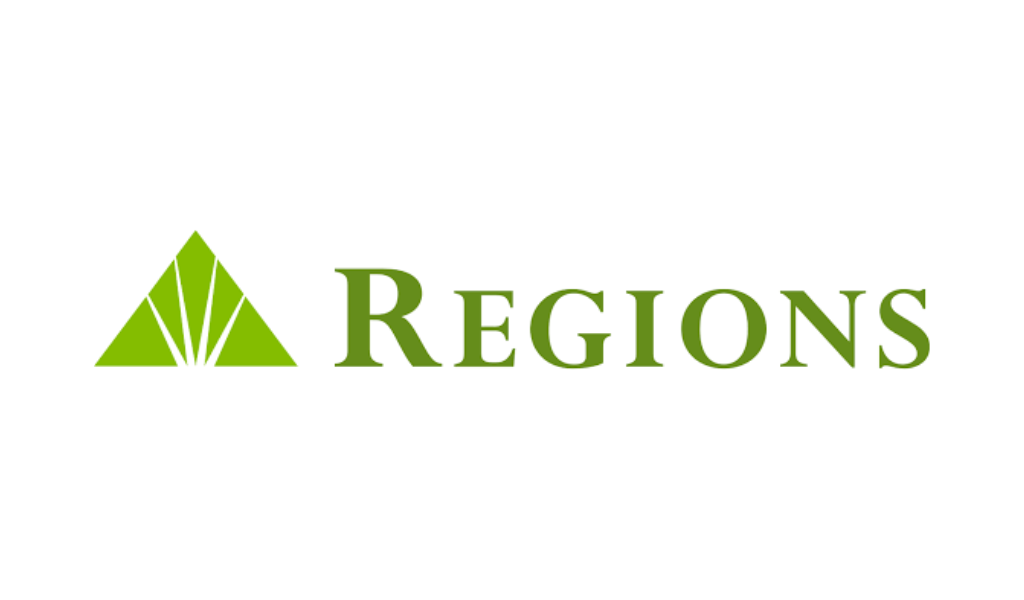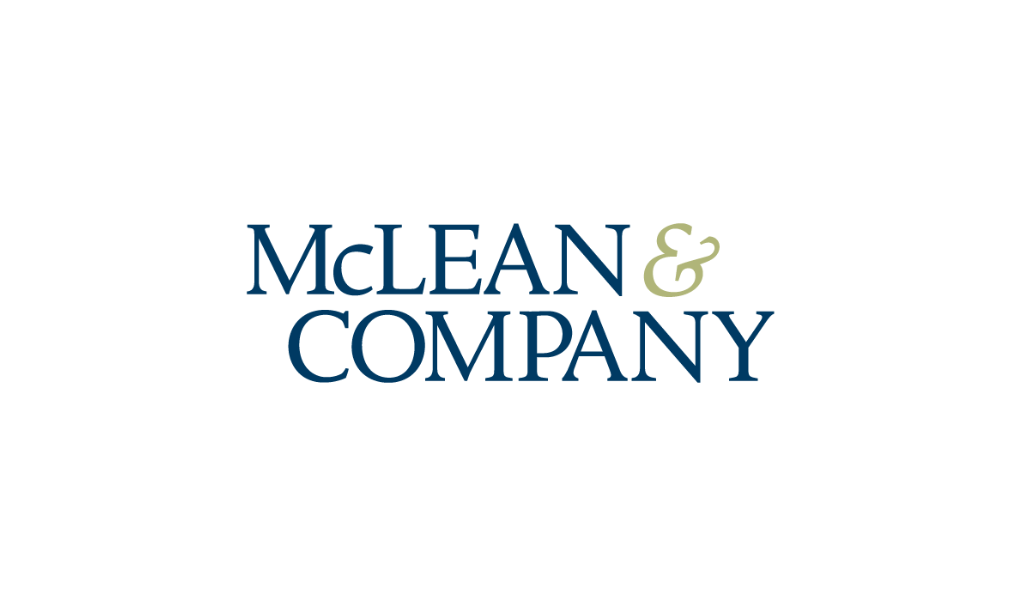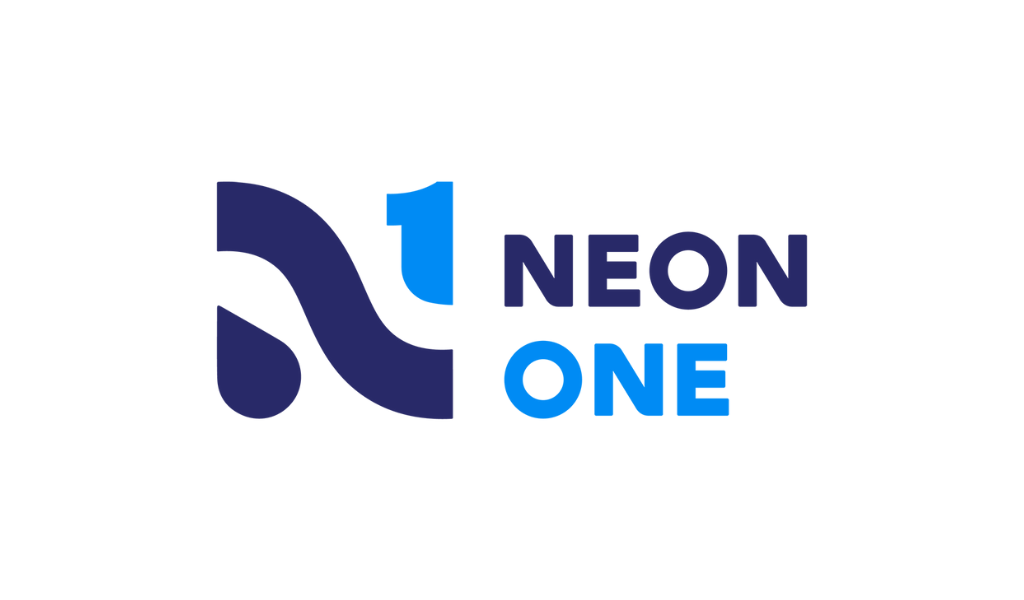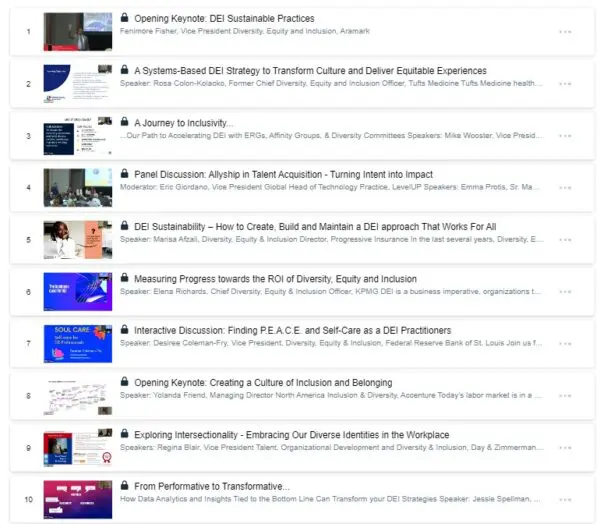Investing in people is not just a strategy for survival, but a path to long-term business success and sustainability.
By Jenny Shiers
Approaching the midway point of 2024, one trend that still seems set in place is the ongoing wave of layoffs across the corporate world. And while it’s not at the same level of 2023, when nearly three-quarters of a million jobs were cut in corporate America, layoffs are still making headlines this year.
It’s little surprise then that some companies are looking for a different way to approach layoffs, and one such alternative came out in April from global management consulting firm McKinsey. In their efforts to reduce headcount, McKinsey offered hundreds of senior employees the chance to step back from client projects and spend nine months searching for new jobs—all while being paid in full.
McKinsey’s approach, while unique, is not the only alternative to layoffs. In a world where job security is increasingly precarious, restructuring is an opportunity for companies to prioritize the human capital they have already invested in to weather the storm and emerge stronger.
The True Cost of Layoffs
In The Telegraph, Fiona Czerniawska, CEO and founder of Source Global Research, said, “If you’ve got people who are under-utilized, your margins start to drop very quickly. So, consulting firms will want to make sure they still protect their profits to pay the expensive people they need to keep and attract.”
However, this approach has been disputed many times, with HR leaders arguing that retaining current talent rather than spending resources on layoffs will be more beneficial for companies in the long run. By emphasizing the importance of personalized, social, and growth-oriented employee experiences rather than simply financial incentives, decision– makers can drive engagement, retention and organizational performance, especially during challenging economic times.
Reap What You Sow
Companies that make their systems more people-centric over the long-term will find that shifting their focus from paying workers to look for new jobs to nurturing and encouraging the employees they already have will save them time and money in the long term.
These investments can make companies strong enough to endure market shifts, economic downturns, technological revolutions, and tough competition. That means layoffs become the very last resort, and even then, they may not be the answer.
Numerous studies show that layoffs do not guarantee increased performance and tend to harm companies in the long run. According to Harvard Business Review, initial savings are soon outweighed by negative consequences such as reputational damage, loss of valuable expertise, increased resignations, and stifled innovation—all factors that ultimately hurt profits.
These negative impacts are exacerbated by the prevalence of remote work, as surviving employees may feel increasingly disconnected from the company mission as layoffs settle. This can contribute to a lack of morale, lost productivity, and a likelihood that those that remain will not be as supportive of the company as they may have been prior, further impacting its overall success.
Further down the road, leaders must consider what happens when demand recovers. Should companies that have enforced layoffs decide that they need support staff after all, replacing those experienced employees will be costly and time-consuming. New hires require extensive training to reach similar levels of proficiency, further impacting productivity and delaying project timelines.
So, if the benefits of layoffs are disputed, and the choices made during an economic downturn affect how well the company performs during the recovery, why sacrifice long-term growth for short-term cost savings?
Building a Resilient Workforce
Rather than resorting to layoffs, investing in the workforce strengthens the company’s competitive edge. Purpose-driven companies that put people at the heart of their decision– making benefit from 40% higher retention rates that their counterparts. By prioritizing upskilling and reskilling of existing employees, management is not just boosting productivity but also future-proofing the organization, demonstrating a commitment to employee development that improves morale, engagement, and retention.
Building a resilient workforce that can adapt in the face of economic uncertainty is invaluable, and layoffs can directly impact a company’s ability to adjust accordingly. Positive business and cultural outcomes are much higher at resilient organizations, where the odds of greater revenue increases by 158%.
The Bottom Line
There’s plenty of research and examples demonstrating how layoffs can create as many—if not more—problems as they solve. The true value of a company lies in its people. And while no company takes the decision to implement layoffs lightly, the temptation of short-term financial relief must give way to broader consideration of the detrimental long-term consequences.
As industry giants look to combat declining profits with layoffs, they need to consider how it will impact the very people that make their business run. Investing in people is not just a strategy for survival, but a path to long-term success and sustainability. The question isn’t just whether layoffs are worth the short-term savings, but whether organizations can afford the long-term costs of neglecting their greatest asset—employees.
Jenny Shiers is the CPO of Unily.














